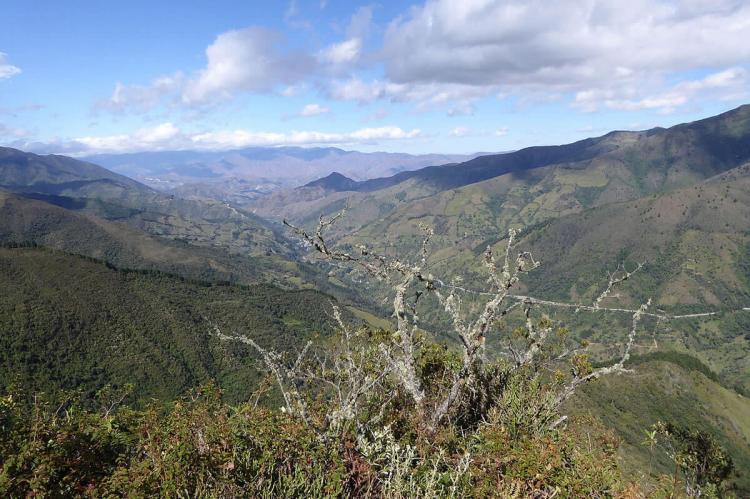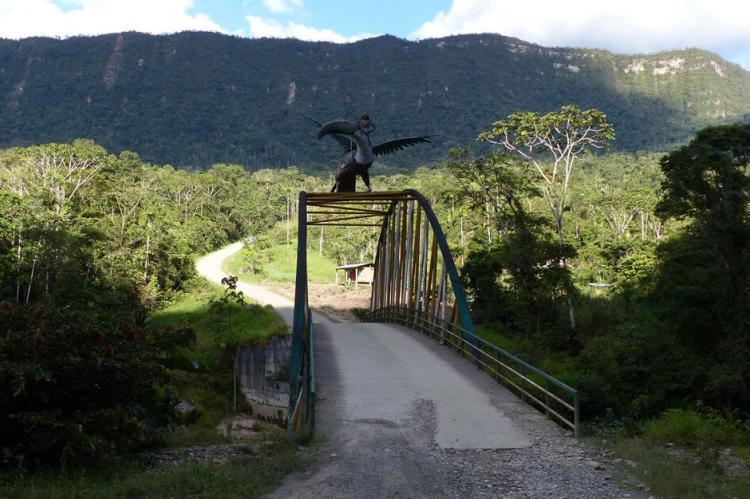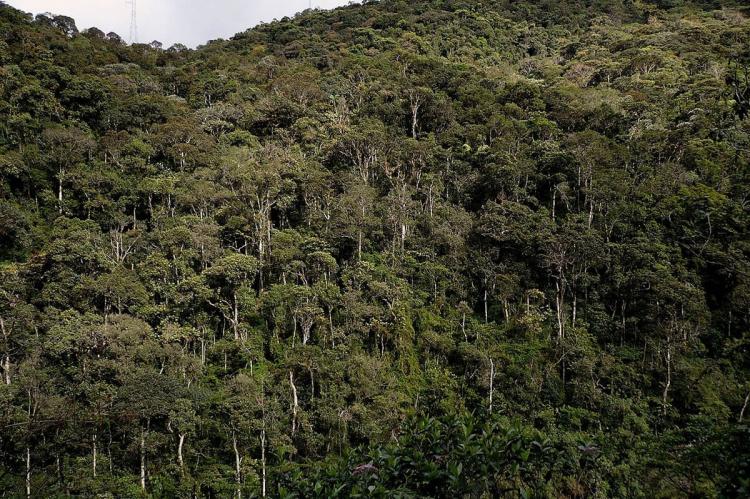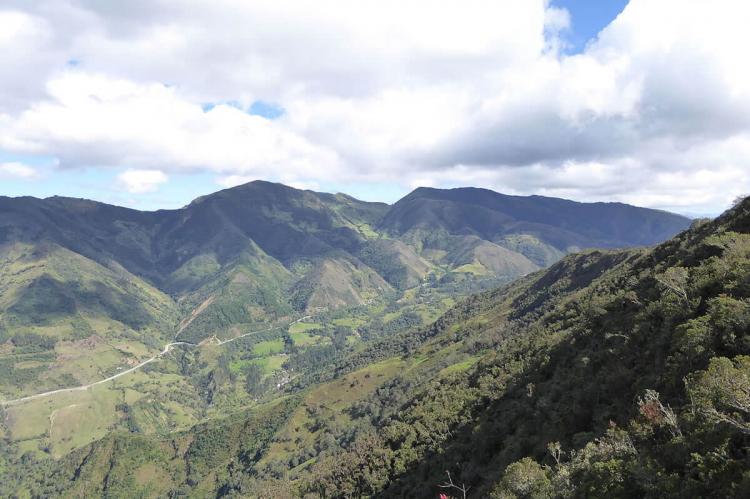Podocarpus - El Condor Biosphere Reserve (Ecuador)
The Podocarpus-El Condor Biosphere Reserve covers an area of over 1,050,000 ha (2,600,000 acres) in southern Ecuador. This area, including Podocarpus and Yacurí National Parks, is considered one of the world's most important sites for biodiversity.
Podocarpus-El Condor Biosphere Reserve
The Podocarpus-El Condor Biosphere Reserve covers an area of over 1,050,000 ha (2,600,000 acres) within the Andes of southern Ecuador.
This area, which includes Podocarpus National Park and Yacurí National Park, is considered one of the most important sites for biodiversity in the world.
The Podocarpus-El Condor Biosphere Reserve is home to approximately 4,200 plant species, over 40% of which are either endemic or restricted to this area. They include an abundance of orchids, bromeliads, ferns and tree species.
Along with such attractive mammals as the spectacled bear, mountain tapir, ocelot and puma, the Biosphere Reserve is home to more than 800 bird species, including 61 species of hummingbirds and 81 different Tanagers.
Birds include the spectacular Andean cock-of-the-rock, and many endemic species, such as the neblina metaltail (Metallura odomae) and the white-breasted parakeet (Pyrrhura albipectus).
Rainfall amounts vary widely across the region, averaging between 380 - 8,000 mm (15 - 315 in) annually. These conditions have shaped 48 distinct types of ecosystems with exceptional biodiversity.
The páramos, or high-altitude grasslands and cloud forests of the Biosphere Reserve, are the sources of four bi-national rivers that supply water to almost one million people in Ecuador and Peru.
Socio-Economic
This area also contains the territories of the indigenous Shuar and Saraguro groups, the cities of Loja and Zamora, and several centers of religious culture and tourism, such as El Cisne, Vilcabamba, and Nangaritza. The Reserve also provides water for two million people in southern Ecuador and northern Peru.
It is estimated that there are 1,729,000 inhabitants within the Biosphere Reserve, concentrated especially within the transition zone in the cities of Loja, Catamayo and Zamora. In the buffer zone, about 0.6% of the Reserve's total population is influenced by mestizo cultures of Palta, Saraguro (Quichua) and Shuar origin.
In the transition zone, rural populations mainly engage in activities related to the primary sector, including cattle ranching for milk and meat, agriculture, artisanal mining, and timber extraction in specific sectors.



